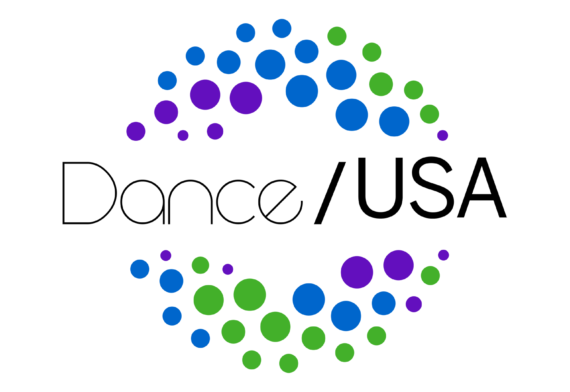Being Garth Fagan
What happens when an admittedly bad dancer takes classes at the celebrated dance school?
Diplomats of Dance: U.S. Companies Step into Role as Cultural Representatives Abroad — Part 1
Fifty years ago the U.S. government was one of the biggest promoters of American dance abroad. Over the past two decades, government funding for international dance tours by American dancers practically disappeared. Guess what? It’s back.
Düsseldorf, Dance/USA, and the Case for American Engagement — Part 2
Increasing funding so that the Americans have at least a fighting chance of matching the support dedicated by other countries is one of the keys to ensuring a greater U.S. presence in the international dance world. It is also about stretching existing assets and using them in a smarter and more cost-effective fashion, collaborating to leverage new resources, and cooperating to share the knowledge, burdens, and costs that come with doing business.
Düsseldorf, Dance/USA, and the Case for American Engagement — Part 1
A number of U.S. choreographers and dancers continue to spend a fair portion of their time creating work and teaching in Europe—having decided that rather than sitting in America and complaining about how much more funding is available on the other side of the Atlantic, they’d rather crash the party and avail themselves of some of it. These resultant cross-cultural collaborative projects are a vital (perhaps even the most significant) part of the ongoing dialogue between the United States and the rest of the world.
Dancing Lessons: What Can We Learn from ‘So You Think You Can Dance’?
Taio Cruz’s rousing hit “Dynamite” played on loudspeakers as I joined the queue last week outside the cavernous Reliant Arena in Houston. Families, young professionals, and hordes of teenage girls swayed to the rhythm as lines grew longer and longer, far past the parking lot port-o-potties. Ushers hastily scanned so many electronic tickets that together their hand-held devices made one long, sustained electronic beep.
I rushed the souvenir stand with everyone else, and then hit the men’s room to change into my new $35 all-cotton T-shirt. Resisting the $25 color program booklet as well as the frozen tropical drinks at the Maui Wowie Tiki-stand, I settled for an $8 hot-dog-and-cola combo before making my way to a seat slightly above stage left. “Perfect viewing,” I thought as I enjoyed the promotional videos. This wasn’t a high-profile rock concert, however, it was a dance performance. I made calculations in my head: parking, food, souvenir, and the ticket totaled $119, an amount I hadn’t paid for a dance event since I saw The Royal Ballet years ago at London’s posh Covent Garden.
An Advocacy Primer: Tips From an Accidental Advocate
I am something of an accidental advocate. I spent most of my adult life disengaged from anything that seemed like politics. I could list the reasons, but you probably already know them – quite possibly, you already share them. But in 2004, when Barack Obama made his famous convention speech, I said to myself, if that guy runs, I’m in. Long story short, I started by collecting signatures to get him on the ballot in New York State in October 2007, and ended up in charge of a 2,000-person volunt…


An Open Letter to Barack and Michelle Obama
The use of the arts in community service programs in a systematic fashion, for example, is an excellent way to ensure that innovative and engaging activities reunite, reskill, and repower citizens. And dance, of all of the arts, teaches us to do those things by thinking on our feet, outside the box, and with each other.